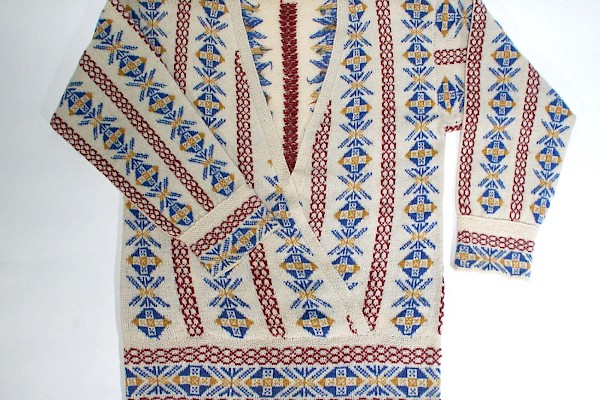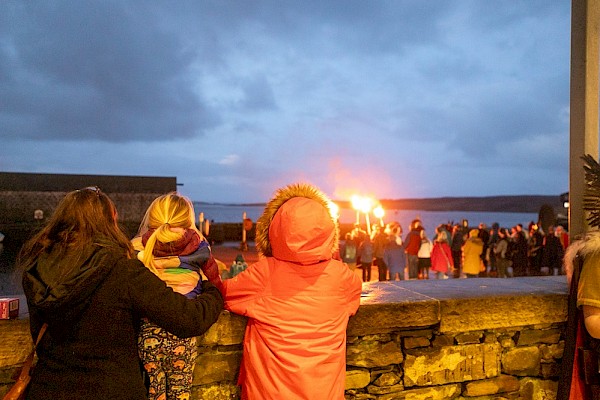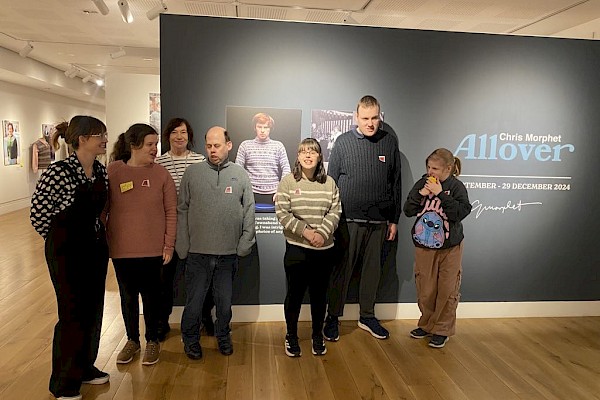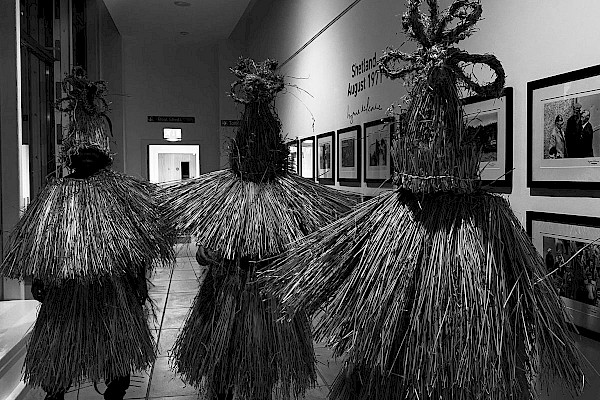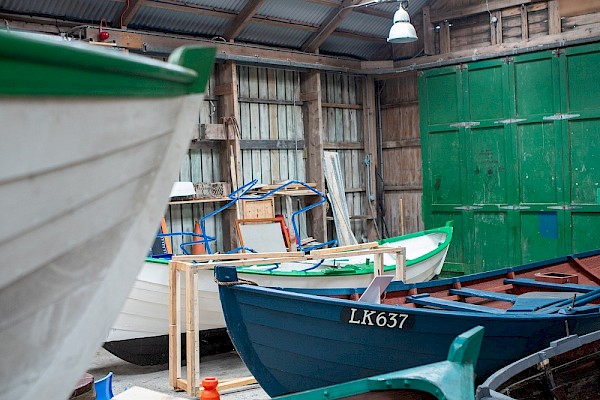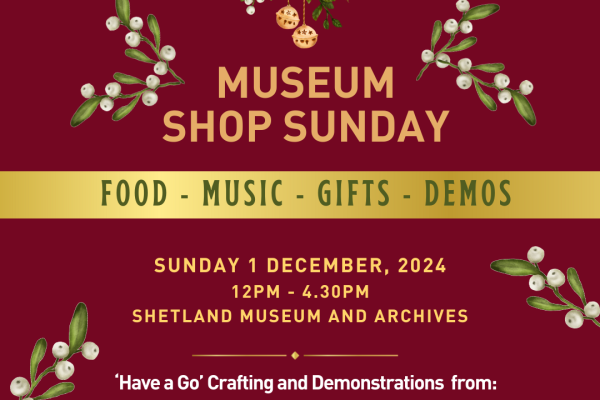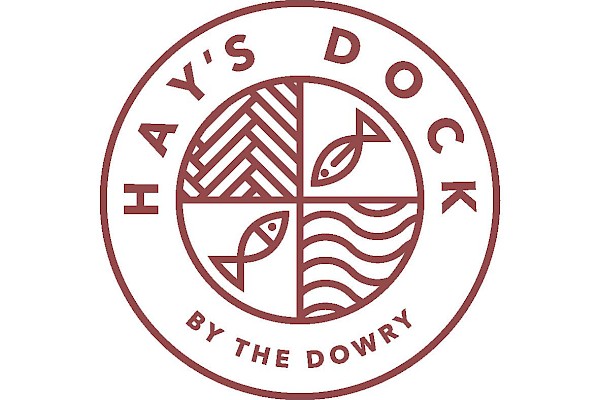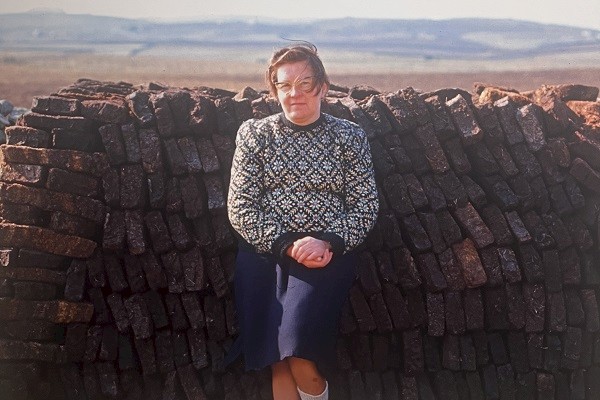Up Helly Aa - the Venues
We’re missing Up Helly Aa again - not just a fire spectacle but a major social event, with dances and performances in many venues in the town, including a sports centre, halls, and even the ferry terminal. Of course, it wasn’t always like that. The first Up Helly Aa festivals had squads performing in private houses, that was how guizing traditions were.
The 1886 Shetland Times said about 120 guizers took part. That kind of event continued for some years, aided by the grander villas going up in Lerwick’s “new town” in St Olaf Street and King Harald Street.
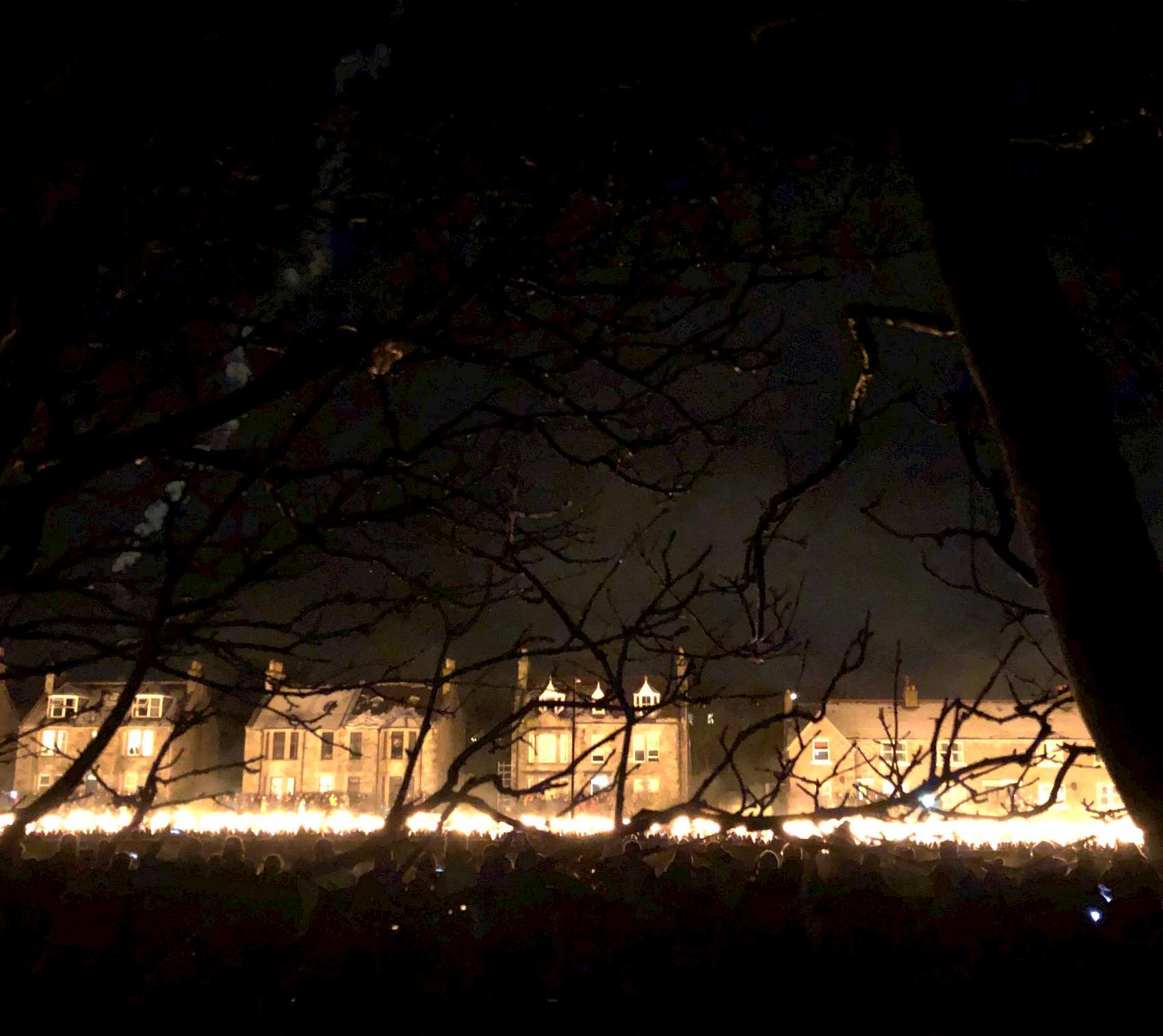
Lerwick was a small town, most built around the harbour, bounded in the west by the Burgh Road, guizers had to go on foot. One year, 1905, Sheriff Moffat opened up in the country and the Shetland Times reported - needless to say the brakes running to Helendale were fully occupied. Sound was distant territory then.
A 1903 report in the Shetland Times of the pre-festival guizers meeting noted that halls were being opened for the event and some felt that would discourage the opening of private houses and went against the whole spirit of guizing. The Worthy Chief Guizer wrote a letter -- this innovation may result in the degeneration of guizing into the semblance of a modern fancy dress ball, which they think would be regretted by all. In 1903 the Rechabite, and Freemasons halls were open. The Rechabite Hall might have been open for 1902. There’s a paragraph in the Shetland Times about it being considered, but no reference in the report of the festival itself.
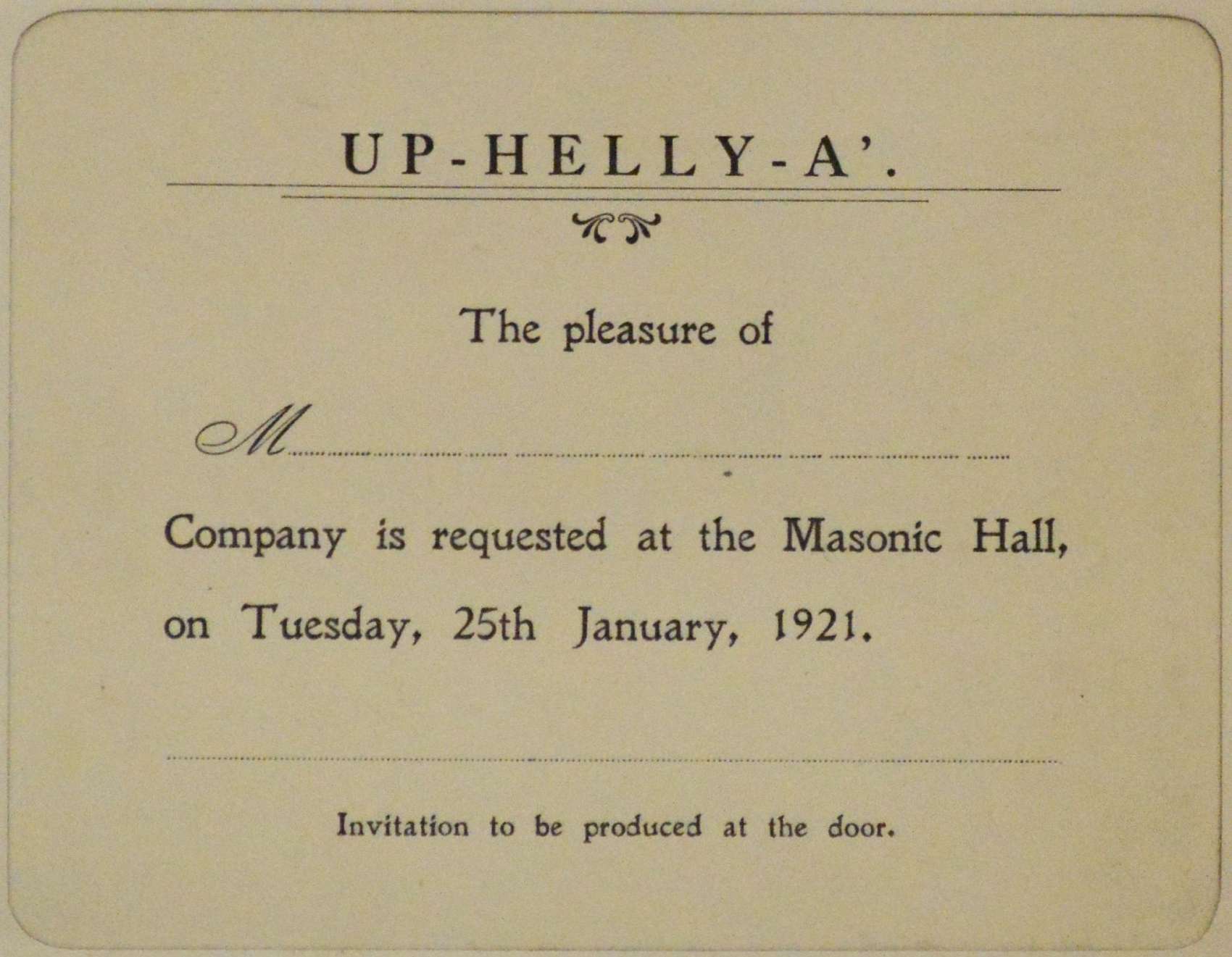
Halls were an innovation in the celebrations, probably propelled mainly by women. With over 300 guizers, and increasing numbers of spectators coming in from the country, the household system was becoming more difficult to operate. Imagine the favours being called in from friends and relatives! Even the big houses would have filled up easily. Cramped spaces to perform in, and, importantly, you couldn’t get all the dancers on the floor at one time. In a bigger venue, a lass could get a dance. In the short term, however, the traditionalists didn’t have too much to worry about.
It isn’t clear which private households provided facilities, and they probably changed from year to year, but in 1909 a guizer published his experience of the festival in the Shetland Times. The route for his squad was the Rechabite Hall, the Queen’s Hotel, R.B Hunter’s house, Mr Andrew Smith’s open to the guizers for the first time, now Islesburgh Youth Hostel, then to the Town Hall, followed by Ganson’s North End Hall (old North Lodberry area, accessed from Charlotte Place). Then a longish walk to Mr Arthur Brown at Glenfarquhar, then J.M. Tait’s at Bellevue, finally returning to the Rechabite Hall where I danced until I was hardly able to lift a limb. Not an uncommon ending to the night at all.
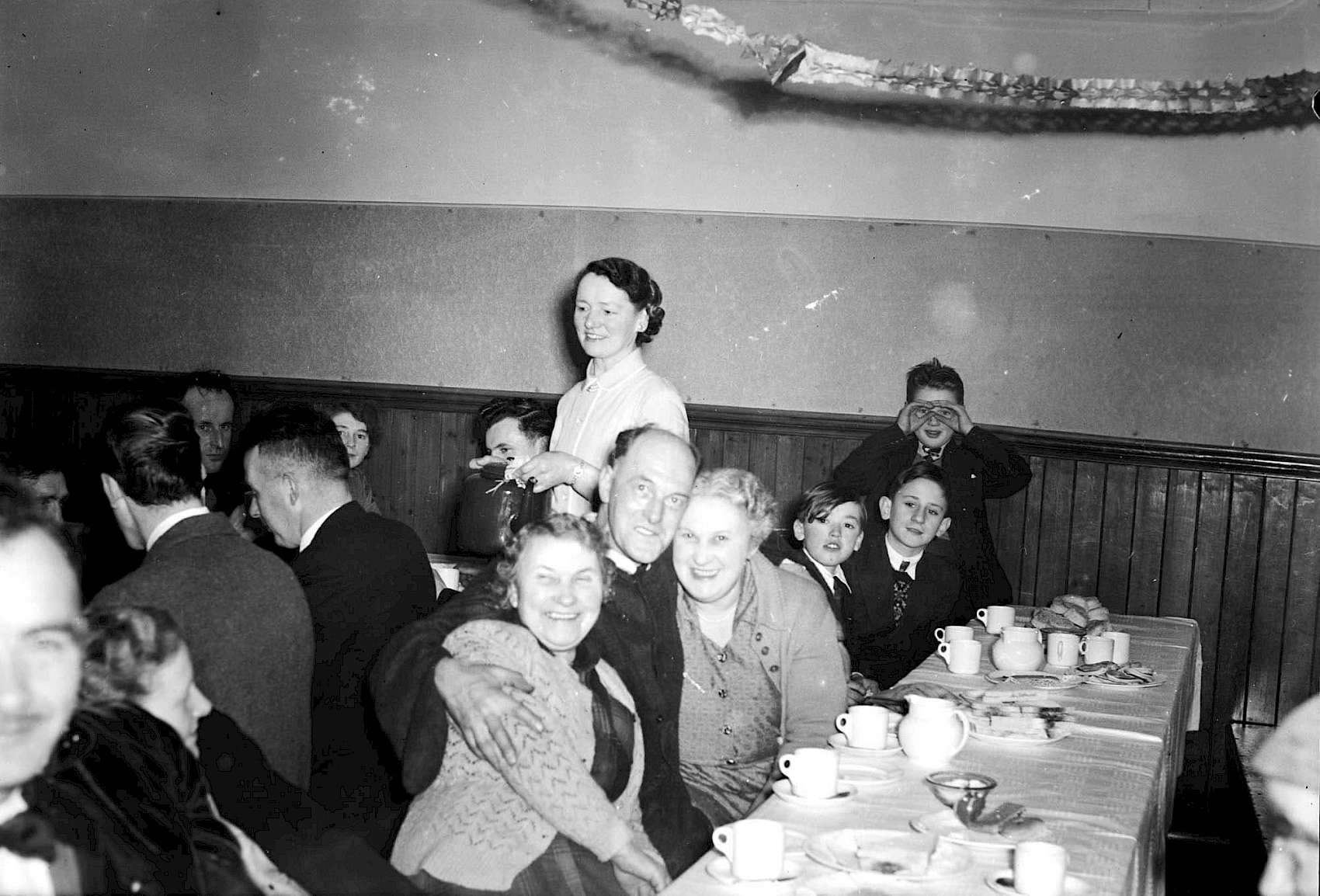
E.S. Reid Tait, businessman and antiquarian, was Jarl in 1912. He printed the first of the Up Helly Aa programmes. The Archives have two copies. It shows private houses and venues neck and neck, at five apiece. C.B. Stout is open at the Medical Hall (now Loose Ends) on Commercial Street, J.A. Loggie at the Royal Buildings (now Boots), also Commercial Street, Andrew Smith is still opening Islesburgh, David Shearer is open at Hillhead, and J.M. Aitken is offering Summerside House, 32 King Harald Street.
The first Up Helly Aa programme was printed in 1912, pictured below:


Things changed more after World War One. One hundred years ago in 1922 only Miss Gilbertson’s in Market Street, and Viewforth in the Burgh Road opened, all other venues were halls. Three private houses opened in 1923, and finally in 1928 the Shetland Times noted that there were no open houses.
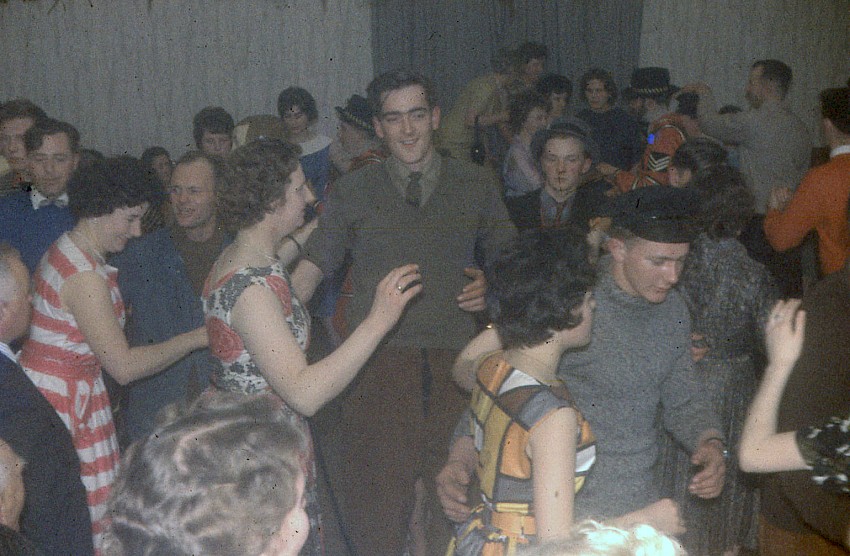
1928 was the end of an era, and for some the hall system probably never had the same vibe. But the festival had grown larger than ever expected, and had to change and adapt. The original celebration is still there, underneath. Most halls issue their tickets via a social network, similar to the way guests were invited to houses, away back in 1886 and some decades after.
